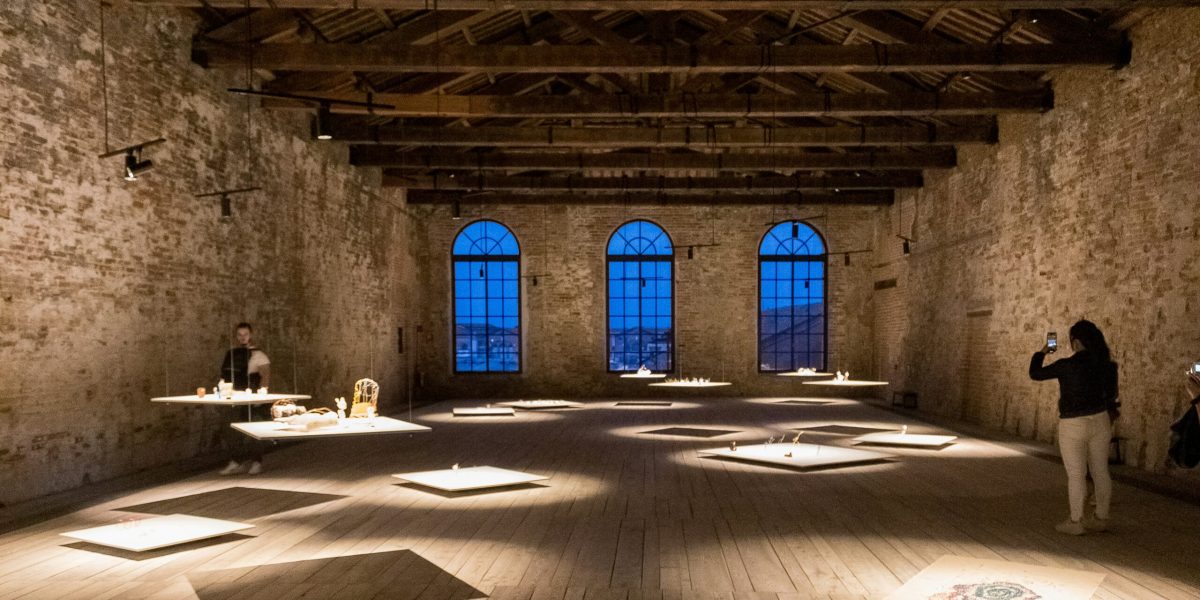The Venice Biennale, one of the world’s most prestigious cultural events, continues to captivate art enthusiasts and professionals alike. Known for its celebration of contemporary art, the Biennale showcases groundbreaking works from artists across the globe, pushing boundaries and sparking vital conversations. Each edition brings with it a new wave of creativity, and this year’s most anticipated exhibits promise to be no exception.
What Makes the Venice Biennale Unique?
The Venice Biennale is more than an art exhibition—it is a global stage where ideas, cultures, and histories collide. Since its inception in 1895, the Biennale has served as a platform for innovative artists to challenge norms and redefine the meaning of art. With participants from dozens of countries, the event fosters dialogue and collaboration across cultures, making it an unparalleled celebration of artistic diversity.
This year, the Biennale focuses on themes of sustainability, social justice, and the human connection to nature. These pressing topics resonate deeply in today’s world, giving visitors a chance to reflect on the role of art in addressing global challenges. Curated installations, immersive experiences, and thought-provoking performances make this year’s event especially compelling.
Which National Pavilions Are Stealing the Spotlight?
The National Pavilions are a hallmark of the Venice Biennale, offering countries a chance to showcase their most visionary talents. This year, several pavilions have already garnered attention for their bold themes and innovative approaches.
The United States Pavilion, featuring a large-scale installation by a celebrated African American artist, explores themes of identity, resilience, and the Black experience. The exhibit combines sculpture, video, and sound to create an immersive narrative that challenges traditional artistic boundaries.
Meanwhile, the Japan Pavilion highlights the intersection of technology and tradition. Its futuristic displays, featuring robotic installations and holographic art, question how technological advancements are shaping human interaction and cultural preservation. Visitors are drawn to its blend of ancient aesthetics and cutting-edge innovation.
The Nigerian Pavilion, a rising star in recent Biennales, centers on themes of migration and displacement. Using multimedia installations, the artists bring attention to the resilience and stories of communities affected by global migration. This pavilion has become a must-see for visitors seeking socially conscious art.
What Are the Must-See Installations?
Among the Biennale’s highlights are the large-scale installations scattered throughout the Arsenale and Giardini, the event’s two primary venues. These monumental works often become the talk of the festival, drawing crowds and critical acclaim.
A standout this year is a massive interactive sculpture that incorporates elements of sound and movement, transforming based on audience engagement. The piece invites viewers to reconsider their relationship with the environment and the impact of their actions. Its use of recycled materials also underscores the Biennale’s emphasis on sustainability.
Another eagerly anticipated work is a virtual reality installation that transports visitors into a simulated natural world. This immersive experience combines art and technology, offering a surreal journey that challenges perceptions of reality and our place within it.
Performance art also takes center stage, with several artists using live acts to convey messages of resistance, community, and hope. One particularly poignant performance features dancers and musicians collaborating in real-time, creating a dialogue between movement and sound that reflects the themes of the Biennale.
How Does the Biennale Influence the Art World?
The Venice Biennale is not just a showcase of art—it is a barometer of global trends and issues. The works presented here often influence broader cultural conversations, inspiring other exhibitions, collectors, and galleries worldwide. Emerging artists who debut at the Biennale frequently see their careers catapulted to international recognition.
Art historians and critics closely follow the Biennale to identify shifts in artistic expression and the themes that resonate most with contemporary audiences. The event’s emphasis on diversity and inclusivity has also encouraged other institutions to broaden their representation of marginalized voices.
Moreover, the Venice Biennale serves as a meeting ground for industry professionals. Curators, collectors, and museum directors converge to discover new talent and forge collaborations, making it a hub of creativity and opportunity.
Why Should You Visit the Venice Biennale?
For art lovers and cultural enthusiasts, the Venice Biennale offers a once-in-a-lifetime experience. Its unique combination of history, innovation, and global participation creates an atmosphere unlike any other art event. Walking through the Biennale’s historic venues, visitors are transported into a world where art becomes a lens through which to explore pressing issues and celebrate human creativity.
Beyond the exhibits, the Biennale is an opportunity to immerse yourself in the beauty of Venice itself. The city’s canals, architecture, and vibrant culture provide the perfect backdrop for an unforgettable journey. Pairing the Biennale with Venice’s charm creates a cultural experience that is both inspiring and rejuvenating.
This year’s most anticipated exhibits underscore the power of art to provoke thought, spark conversation, and drive change. Whether you’re an avid collector, a casual observer, or someone looking to experience the best of contemporary art, the Venice Biennale is an event you won’t want to miss.








